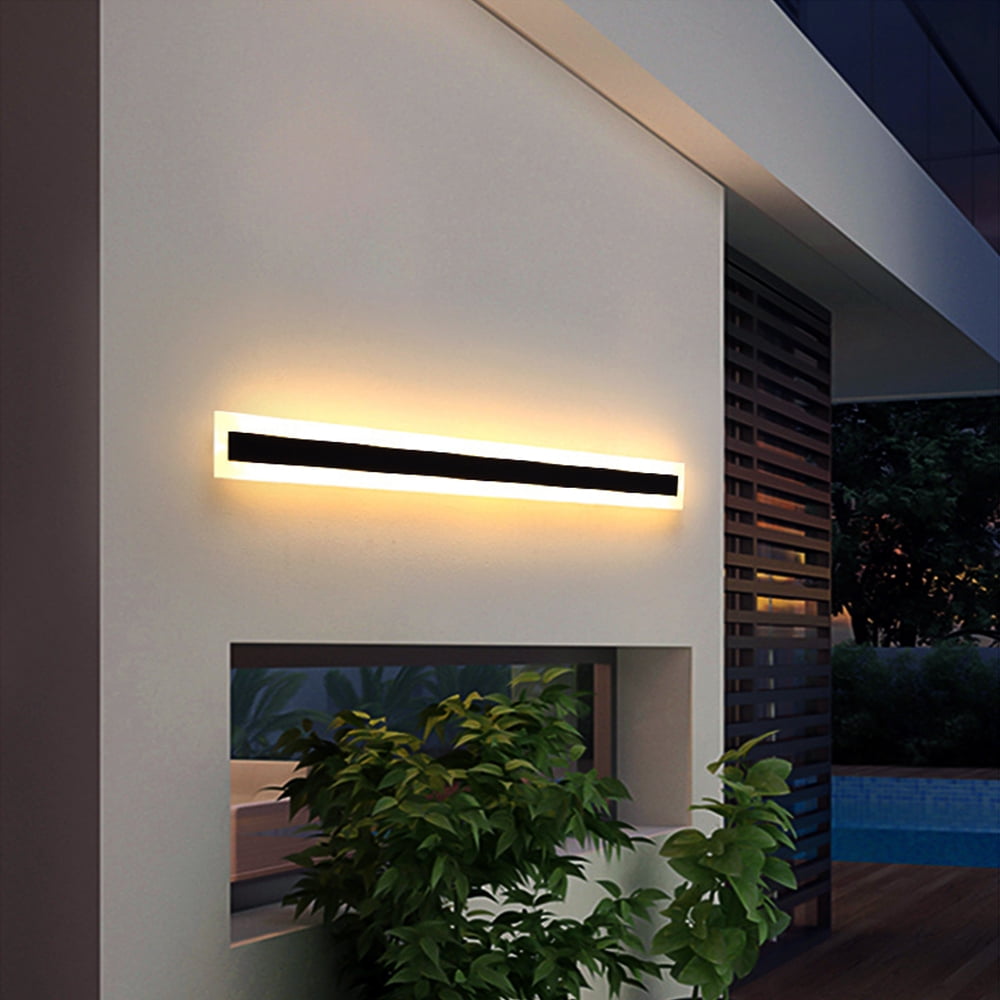A Thorough Comparison of Different LED Display Wall Technologies and Their Uses
A Thorough Comparison of Different LED Display Wall Technologies and Their Uses
Blog Article
LED video screens have become increasingly popular in different environments, including concerts, athletic events, and business meetings. These large large displays are made up of many individual Light Emitting Diode panels that function collectively to form a single cohesive image. Various multiple types of Light Emitting Diode video wall technologies available, every having its unique features as well as benefits. Grasping these technologies options can assist companies as well as organizations choose the right option for their specific requirements.
One common kind of Light Emitting Diode video screen solution is the direct view Light Emitting Diode. This solution utilizes individual LED units which are placed near in proximity to form a large screen. Directly viewed LED screens are known for their elevated brightness as well as vibrant colors, which makes them ideal for outdoor activities and well-lit illuminated environments. They also have a wide sight angle, allowing indicating that people can view the screen clearly from various locations. Such makes direct view Light Emitting Diode screens a popular option for stadiums as well as outdoor events.
Another type of LED display screen solution is the LED-backlit LCD. This solution merges conventional LCD displays and LED backlighting for improved luminosity as well as color accuracy. LED-backlit Liquid Crystal Displays are commonly utilized in indoor settings, such as retail malls and meeting spaces. These displays provide excellent image quality and are generally more affordable than directly viewed Light Emitting Diode walls. However, they may often perform as effectively in well-lit settings, since the illumination can sometimes wash out the colors.
A third choice is the Organic Light Emitting Diode display screen. Organic Light Emitting Diode technology offers superior differentiation and hue richness compared to alternative types of displays. Each pixel in an Organic Light Emitting Diode display produces its own light, enabling for genuine dark tones and lively colors. This makes OLED video walls particularly attractive for applications which demand premium images, including art galleries or high-end retail outlets. Nonetheless, Organic Light Emitting Diode solution can be costlier expensive and may not be as bright as direct view Light Emitting Diode screens, rendering it not appropriate for external use.
Along with the aforementioned options, there are also multiple uses for Light Emitting Diode video walls. These displays can be utilized for promotion, amusement, and information display. For instance, companies often use Light Emitting Diode display walls for digital advertising to draw in customers and advertise goods. In entertainment, they enhance the sight encounter at concerts and gatherings, offering dynamic backgrounds as well as engaging visuals. Within business settings, LED display walls can be used for demonstrations, video conferencing, and training programs, helping to convey data through a visually appealing manner.
To summarize, LED display screens are available in different types, each with its unique benefits and uses. Direct view Light Emitting Diode screens are great for external applications, while LED-backlit LCDs are more suitable for interior settings. OLED display screens offer exceptional check out here image quality but may be at a higher cost. Grasping these differences can assist organizations make informed choices about which kind of Light Emitting Diode video screen best satisfies their needs, whether for promotion, entertainment, or business applications.